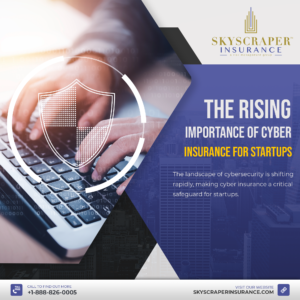People search for cover as a derecho storm pushes through the area on August 10, 2020 in Chicago, Illinois. The storm, with winds gusts close to 100 miles per hour, downed trees and power lines as it moved through the city and suburbs.
(Bloomberg) — More than one million homes and businesses are without power across the U.S. Midwest after a wall of lightning, hail and deadly winds ripped through Chicago and elsewhere, tearing apart trees and homes.
The line of storms, 160 miles (260 kilometers) wide, cut a path of destruction across Iowa, Illinois and Indiana Monday, August 10. Wind gusts of 100 mph and more were clocked across Iowa.
Most of the outages are in Iowa and Illinois, including about 280,000 in Chicago and its suburbs, according to Exelon Corp.’s Commonwealth Edison. They come on the heels of Hurricane Isaias, knocking out power to more than 2 million customers on the East Coast, leaving some without power for a week.
The storm almost certainly meets the definition of a powerful system known as a derecho, said Rick Otto, a forecaster at the U.S. Weather Prediction Center in College Park, Maryland.
Derechos are characterized by their large size and capacity for destruction. They can scour a landscape with damaging hail, dangerous wind gusts capable of throwing two-by-fours through walls, and even tornadoes.
The storm got its start from thunderstorms and instability in the atmosphere across South Dakota and Nebraska earlier on August 10, then picked up strength and began ripping its way through Iowa and beyond.
In recent years, hail has caused between $8 billion to $14 billion a year in insured losses, according to insurance giant Aon.




